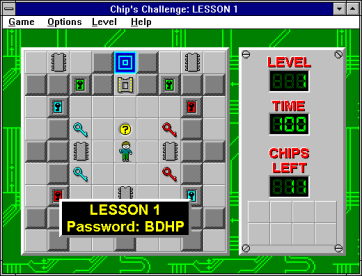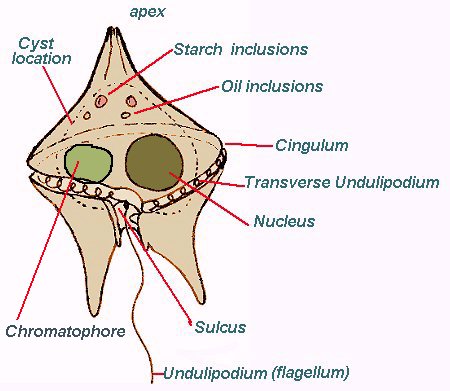With 9581 votes, the medical X-ray radiograph was deemed the most important invention in the Science Museum.
In 1895 the physicist Wilhelm Röntgen discovered X-rays, the "X" signifying their then-unknown origin. He later found that the rays could pass through flesh and by using photographic plates could make images of bones inside the body.
This X-ray of Röntgen's wife's hand was taken in December 1895 and is the oldest surviving X-ray image of a part of the human body.
Andy Adam, president of the British Royal College of Radiologists, said, "Radiology is the most exciting and fast-developing speciality in modern medicine. The discovery of X-rays brought this discipline into existence and has benefited countless patients."
X-ray brochure, 1930s
This cover of an advertising trade leaflet was produced by the equipment manufacturers Watson & Sons.
By the 1930s, X-ray equipment was in widespread use for the diagnosis of a broad range of ailments, from broken bones to tumours and tuberculosis.
X-ray machine
This X-ray set was made by Russell Reynolds just months after Röntgen's breakthrough.
It is one of the oldest in the world and provided some of the first glimpses inside the human body that didn't need a scalpel.
Penicillin
Second place – 6825 votes
Fungal spores that drifted through these windows in central London led Alexander Fleming to discover the first antibiotic in 1928.
By the mid-1940s, work in the UK and US led to the first penicillin reaching patients.
That development marked the start of a wave of new drugs that have made a diagnosis of a bacterial infection far less threatening than it once was.
DNA double helix
Third place – 6725 votes
This reconstruction of the first ever model of the DNA molecule contains some of the original parts used by Francis Crick and James Watson in 1953.
Their breakthrough made it possible to understand both how organisms pass on their genes and how the workings of cells are governed.
And with genome sequencing becoming ever cheaper, we're only going to become more familiar with it.
Apollo 10 capsule
Fourth place – 4649 votes
Forty years ago, three men travelled around the moon in this capsule as a rehearsal for the first moon landing, which took place two months later.
V2 rocket engine
Fifth place – 3985 votes
It powered a weapon used by the losing side in the second world war, but the V2, invented in 1942, shaped the world for decades afterwards.
The rocket's creator, Wernher von Braun, moved to the US after the war, where he worked on the nascent intercontinental ballistic missile programme.
He then worked for NASA, where he masterminded the Saturn V rocket that launched Apollo 11 to the moon.
Stephenson's Rocket
Sixth place – 3533 votes
By achieving record-breaking speeds en route to winning the 1829 Rainhill trials in Lancashire, UK, Rocket steered the world towards mobile power instead of fixed engines pulling on ropes.
Its designers, Robert Stephenson and Company, built it according to basic principles that became a standard for steam locomotives, carrying people and goods around the globe for well over a century.
History could easily have been different. Another locomotive named Lucky proved capable of outperforming Rocket in the trials, but was less reliable.
Pilot ACE Computer
Seventh place – 3472 votes
One of the earliest general-purpose electronic computers, Pilot ACE ran its first program on 10 May 1950.
At the time, it was the fastest computer in the world.
The computer's design was a smaller version of a design by computing pioneer Alan Turing.
Pilot ACE was selected because of its place in the first generation of computers that spawned the machines which surround us today.
The atmospheric engine
Eighth place – 3457 votes
The atmospheric engine was invented by Thomas Newcomen in 1712. This model was built to his design by Francis Thompson at a colliery in Derbyshire, UK, in 1791 and is the oldest Newcomen-type engine to survive complete and largely unaltered.
The atmospheric engine solved the energy crisis of its day and heralded the start of the industrial revolution. It unlocked previously unreachable coal reserves by pumping water out of deep mines.
Although this triumph of engineering arguably marks the start of the industrial age we still inhabit, it also marks the point that our dependence on fossil fuels really began.
Model T Ford
Ninth place – 3231 votes
Through pioneering new ideas about mass production, the Ford Motor Company brought motoring within the reach of a huge new market.
"Fordism" became a familiar metaphor for production of anything in large quantities, a philosophy that is now standard business practice.
The electric telegraph
10th place – 2694 votes
Charles Wheatstone and William Cooke patented the world's first successful electric telecommunications device in 1837.
Their telegraph was the first practical use of electricity for long-distance communication and led to the first public communications network.
Those networks have been growing in strength, capacity and importance ever since.


























 The iPhone has finally reached China, or should I say, the iPhone has finally officially reached China. There were plenty of unlocked iPhones invading China's GSM Networks, but only Friday was it on the China Unicom network.
The iPhone has finally reached China, or should I say, the iPhone has finally officially reached China. There were plenty of unlocked iPhones invading China's GSM Networks, but only Friday was it on the China Unicom network.

 Best Buy has started selling the Little Buddy Child Tracker. The device is supposed to help parents track their children, and it's listed as $99. What isn't mentioned however, are the recurring fees for the service.
Best Buy has started selling the Little Buddy Child Tracker. The device is supposed to help parents track their children, and it's listed as $99. What isn't mentioned however, are the recurring fees for the service.

